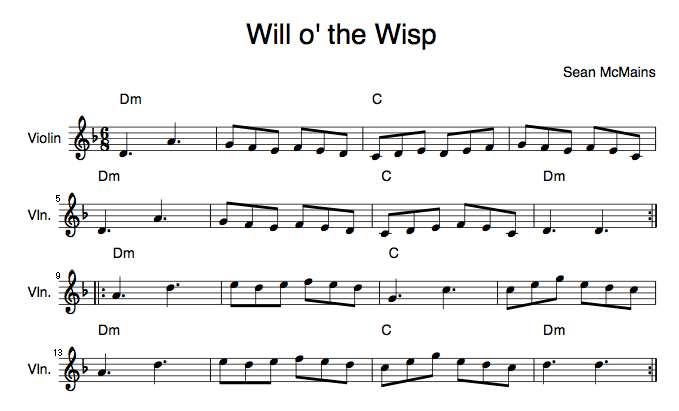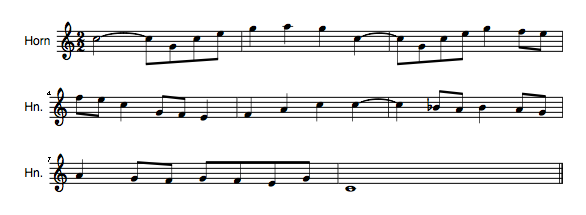When I was growing up, I had musical tastes decidedly out of step with my peers. I went through a year or two of listening to nothing but The Beatles, then only gospel music for a while, and loved to blast early Andrew Lloyd Weber (on vinyl) and the Star Wars soundtrack (a much-loved gift from my folks) on our stereo. (I also enjoyed cranking up the car radio as loud as it would go to play “Puff the Magic Dragon”, though that was mostly to confuse the people we drove past.)
One of my very favorite albums, however, was Yes’ Close to the Edge. Since it was released when I was two years old, none of my friends had any affinity for it. I don’t recall ever trying to share it with anyone or convince others of its delights: it was my personal music space that I loved, a place to go to be alone and to enjoy that solitude. In a way, I think sharing it or finding someone else who loved that album might have ruined it for me.
Over the years, however, I haven’t kept up with the band or their goings-on. It was therefore with some astonishment and considerable delight that I read my friend Barry Brake was going to be conducting a choir that would be backing up Jon Anderson, the band’s distinctive vocalist, on Monday at the Majestic theater in San Antonio. I enthused with Barry, who is immensely gifted both as a musician and as a finder-of-interesting-opportunities, about his chance to meet and work with “one of the greats.” He reciprocated by offering to help us lay hands on tickets for the family to come down and see the show — largesse I was thrilled to accept.
To sweeten the deal even further, it turned out that Jon was being backed up not only by the choir, but also by the Youth Orchestra of San Antonio, an excellent symphony orchestra with which I played as a teenager. Though none of the people associated with the group were the same as during my era, it was an added delight to see that group performing again. (And to observe that Orchestra Nerds still look the same 25 years later.)
So Monday night, we all trooped down to the delightful Majestic theater for the show. We arrived early enough for the curious to go roaming through the place, giving ourselves a tour of its baroque wonders as we waited for the music to start. Finally, the lights dimmed, YOSA played an introductory musical segment, and Anderson took the stage.
He was terrific. Even at age 66 after having dealt with some significant health issues, he has a great vocal instrument, and smoothly transitioned from soaring melodic lines to staccato percussive stylings with apparent ease. His trademark high-pitched range is intact, and carries over into his speech. He did a mix of songs he’d done with Yes and his solo work, and was backed up ably by the orchestra and choir. While he apparently performed solo at other points in his tour, I was glad for the additional musicians on stage with him. (After all, what’s “I’ve Seen All Good People” with only a single singer?)
While it was clear that, of our group, I was the one most enjoying the show, the evening as a whole worked out to be a delight for everyone. Maggie, while not much into the performance, enjoyed exploring the Majestic and picking out all of the decorative details. The Brakes’ company is always a delight and, since it was the start of Spring Break week for the young folks, we were able to all troop to Chacho’s for absurdly large piles of nachos and cheap margaritas afterwards.
So big thanks to Jon and Barry for the great start to our Spring Break week!


 This is the solo from The Beatles “For No One”, which my dear horn-playing Abigail has been after me to transcribe for her for months. It is transposed here into what is (I think) an easy key for horn, and hopefully a comfortable range. (Jason, let me know if I’ve gotten that wrong!)
This is the solo from The Beatles “For No One”, which my dear horn-playing Abigail has been after me to transcribe for her for months. It is transposed here into what is (I think) an easy key for horn, and hopefully a comfortable range. (Jason, let me know if I’ve gotten that wrong!)